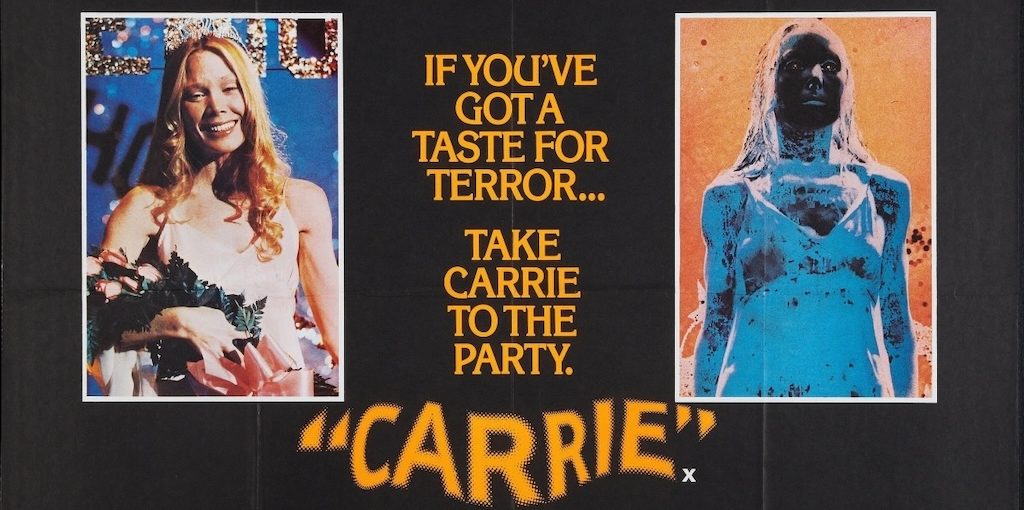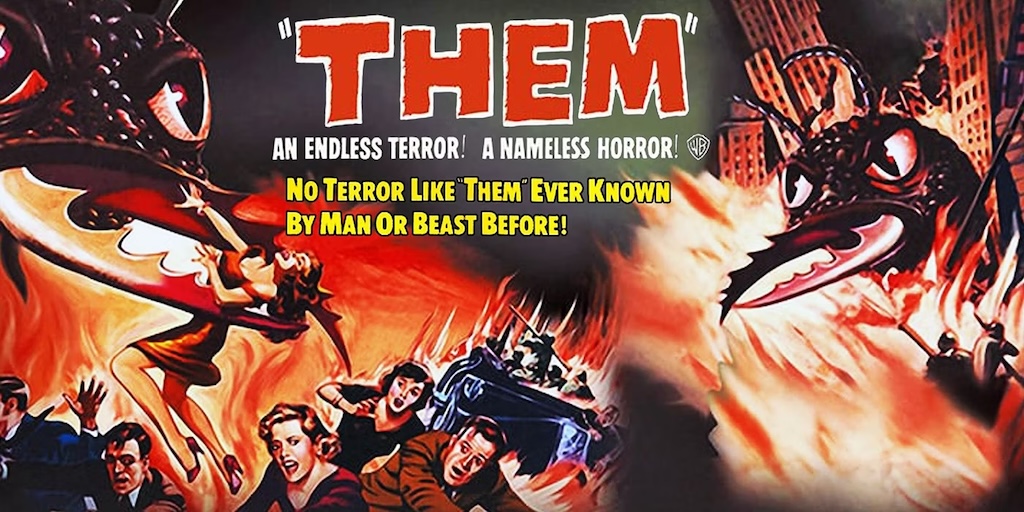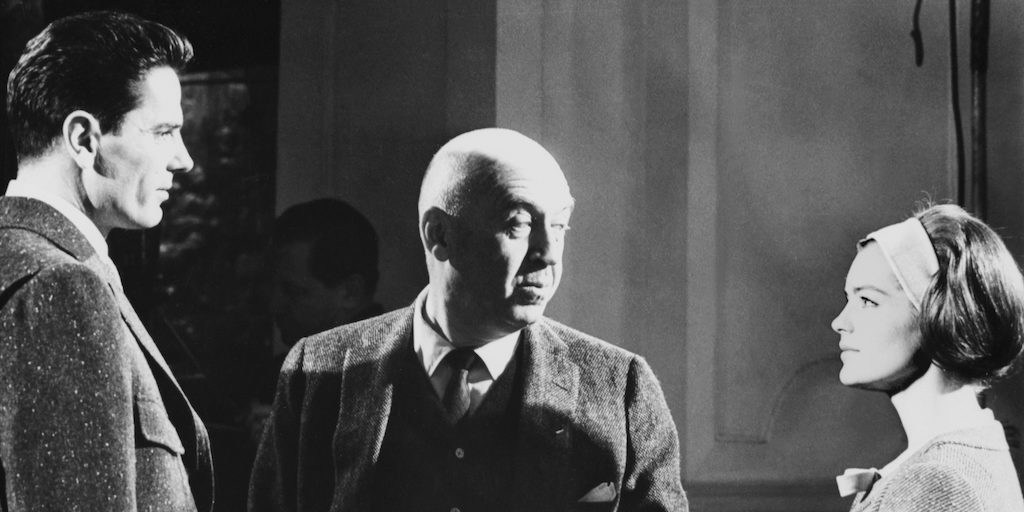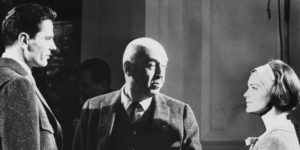There came a time in the history of cinema when it was not enough to make sequels: prequels, spin-offs and every imaginable narrative structure ever born. The sole purpose was not continuing a story, but keeping a franchise alive while it generated economic profit. It is simple. It’s a model. It is an equation.
This is not something exclusive to franchises; but it also applies to episodic series, those in which once fatigue is reached -something that we will all have already experienced- cancellations and annulment of all related projects end up being the result. In turn, this model is also nothing new. Already the classic serial or the “B side of class B” (as described by Faretta in this text) provided the segmentation of its products into episodes and even the notion of the cliffhanger so widely used today, a narrative element that explained very well Misery‘s Annie Wilkes, before smashing Paul Sheldon’s feet with a hammer.
What does this have to do with Lightyear?
Today it is Toy Story‘s turn and the by- product that is analyzed is the one derived from one of its two main characters: Buzz Lightyear. Lightyear does not stop at the toy (doll), but at the animated character on which the object was based.
Already in the initial titles, Pixar/Disney warns us hat this is the film from which Andy from Toy Story received his Buzz toy, after watching the film that we will watch next. Therefore, we already know that Andy and Woody will not be there, nor will we hear about them other than in these initital credits. But that is not all. It does not matter that these iconic characters of the franchise are not present at all, but there is “a much more present lack” and that is the basis in relation to nostalgia, the main foundation of the entire TS franchise.
Lightyear is an animation, an adventure about the character who arrives with a mission to an unknown planet and who, after exploration and eventual failure, ends up stranded indefinitely in the place next to a colony, in the best Marooned style, by John Sturges. Buzz has a new mission, which he undertakes as his life’s goal, and it consists of returning to the sun with his spaceship in such a way that he manages to reach Hyper Launch speed. To this end, he will resort to his flying skills and a combination of stable fuel formula. As in Groundhog Day and Planet of the Apes, Buzz finds himself living the same mission over and over again in a loop, with the difference that with each return to the planet, the journey time, which for him means minutes, for the colony means years.
Among the various complexities that Buzz will have to face, and one that determines one of the film’s conflicts, is that in one of his many arrivals on the planet he finds that it has been taken over by the forces of Zurg, an intergalactic villain who, for some reason that will be revealed, has it in for Buzz.
Lightyear is an insignificant and insubstantial film. It is a secluded or emotionless production, to which even a minimal quota of political correctness was imposed, a comic relief with a cat and in which a very lovable character is used, although without achieving the desired emotion. Lightyear’s life story somewhat resembles Maverick from the recent Top Gun: Maverick and the notion of the man who sees his life pass him by through a mission, an ideal or a profession, while he clings to individuals from a work group as his only link with the outside world, and takes another child as his own while trying to overcome an emotional loss.
In addition, Lightyear falls short of other Pixar projects, which not only have this one as their only flop. Perhaps after Disney’s acquisition something has been lost and the only objective is Pixar’s concession of delivering a product as light as a sugar-free soda.
![]()
(United States, 2022)
Direction: Argus MacLane. Script: Argus MacLane, Matthew Aldrich, Jason Headley. Voices of: Chris Evans, Keke Palmer, Peter Sohn, Taika Waititi, James Brolin, Bill Hader. Production: Galyn Susman. Lenght: 100 minutes.













